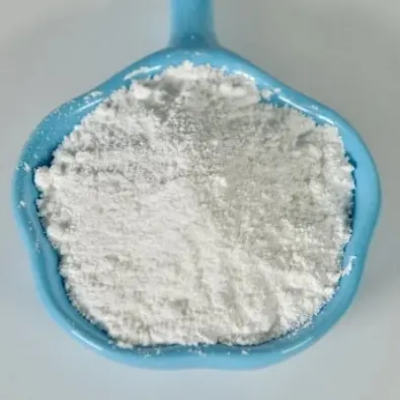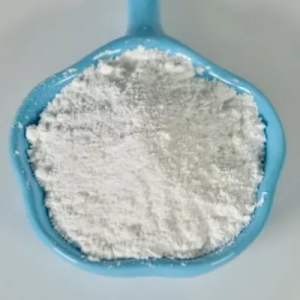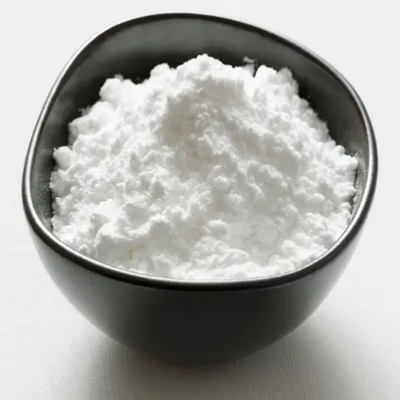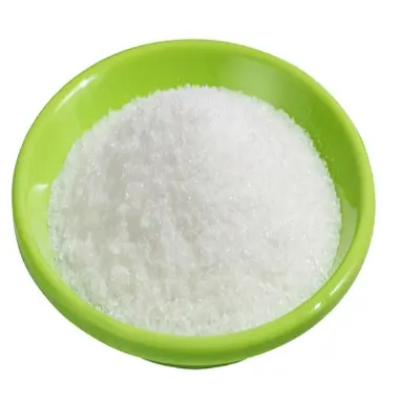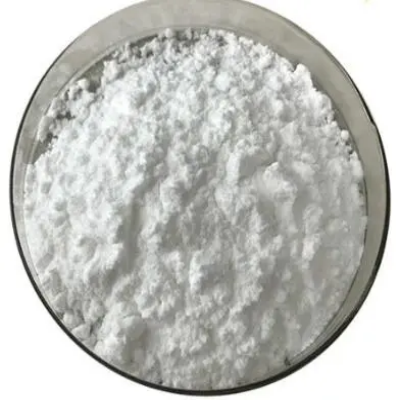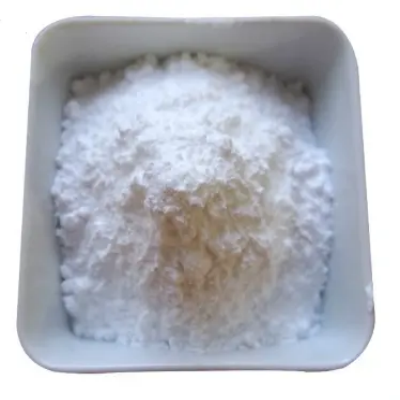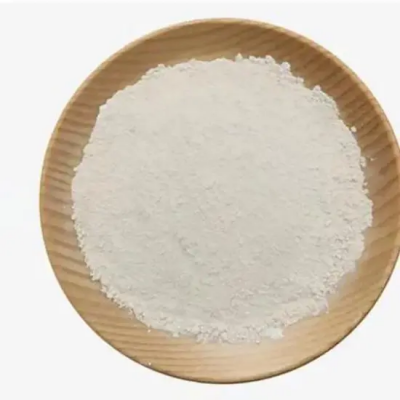2-Bromo-6-(chloromethyl)pyridine hydrochloride CAS:188637-69-6
The versatility of 2-Bromo-6-(chloromethyl)pyridine hydrochloride underscores its utility across a broad spectrum of applications, particularly in pharmaceutical synthesis. As a versatile intermediate, it plays a pivotal role in the development of biologically active compounds and drug candidates. The combination of bromo and chloromethyl functionalities imparts unique pharmacological properties, making it a valuable component in designing novel therapeutic agents targeting diverse disease indications. Moreover, this compound finds application in agrochemical synthesis, contributing to the development of pesticides, herbicides, and fungicides with enhanced efficacy and environmental safety. Its incorporation into agrochemical formulations aids in pest management and crop protection, supporting sustainable agricultural practices. Furthermore, 2-Bromo-6-(chloromethyl)pyridine hydrochloride holds potential in material science, offering opportunities for designing functional materials such as dyes, polymers, and catalysts. Its compatibility with various synthetic methodologies enables the development of materials with tailored properties for applications in electronics, coatings, and other industrial sectors. In essence, the synthesis and utilization of 2-Bromo-6-(chloromethyl)pyridine hydrochloride exemplify the synergy between chemical innovation and industrial applications, driving advancements in pharmaceuticals, agrochemicals, and materials science. Its versatility and reactivity make it a valuable asset in the pursuit of novel molecules and materials with specific functionalities.



The multifaceted nature of dibenzyl (2-hydroxypropane-1,3-diyl)dicarbamate underscores its utility across a broad spectrum of applications, particularly in pharmaceutical synthesis. As a versatile intermediate, it plays a pivotal role in the development of biologically active compounds and drug candidates. The presence of the (2-hydroxypropane-1,3-diyl)dicarbamate scaffold, along with the dibenzyl functionalities, imparts unique pharmacological properties, making it valuable in designing novel therapeutic agents targeting diverse disease indications. Furthermore, this compound finds application in polymer synthesis, contributing to the development of materials with tailored properties for various industrial applications. Its incorporation into polymer matrices enhances mechanical strength, thermal stability, and chemical resistance, making it suitable for use in coatings, adhesives, and biomedical materials. Moreover, dibenzyl (2-hydroxypropane-1,3-diyl)dicarbamate holds potential in the field of organic synthesis as a protecting group for hydroxyl functionalities, facilitating selective transformations in complex molecule synthesis. Its compatibility with various synthetic methodologies enables the synthesis of structurally intricate compounds with precision and efficiency. In essence, the synthesis and utilization of dibenzyl (2-hydroxypropane-1,3-diyl)dicarbamate exemplify the synergy between chemical innovation and industrial applications, driving advancements in pharmaceuticals, materials science, and organic synthesis. Its versatility and reactivity make it a valuable asset in the development of novel molecules and materials with tailored functionalities.


